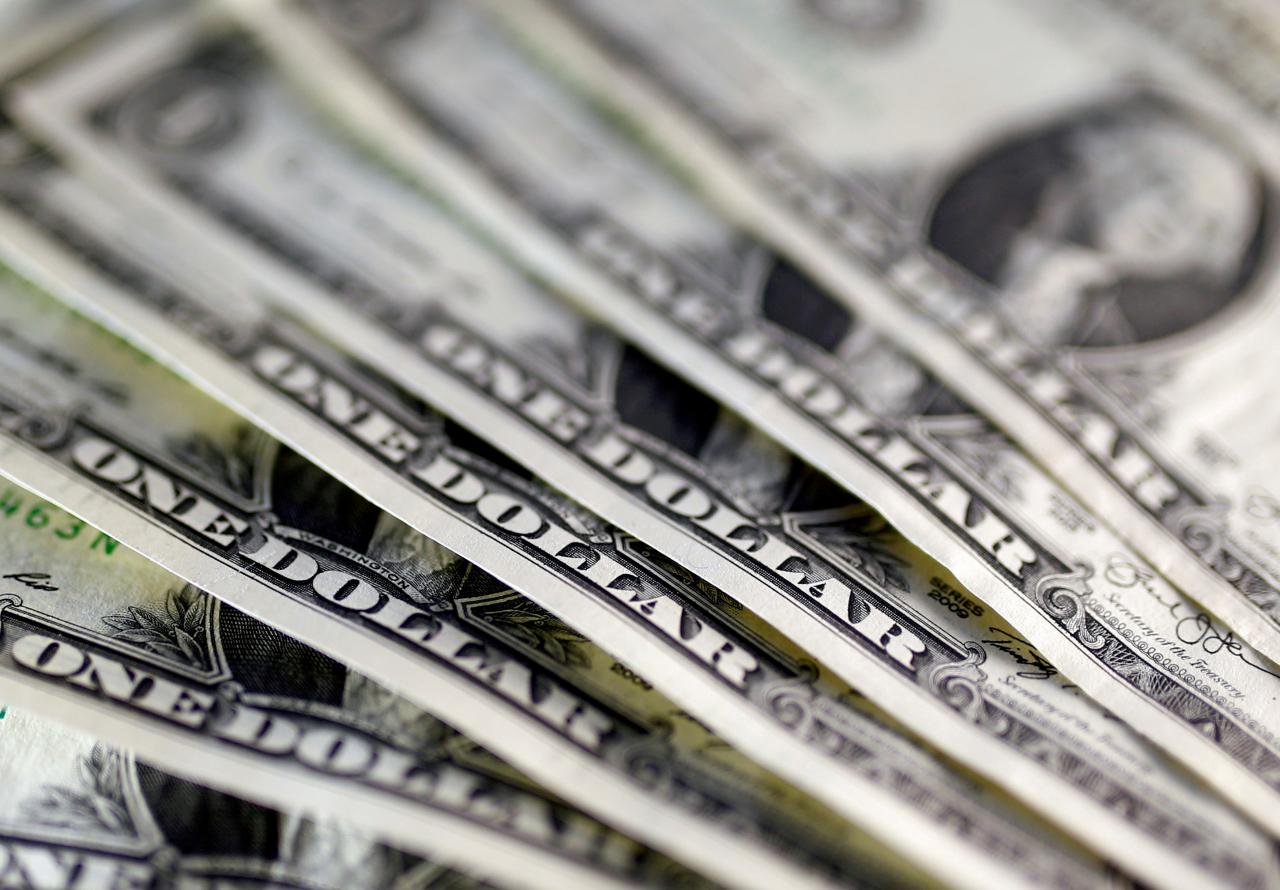World shares hit their latest in a run of record highs on Tuesday, while the dollar was at it loftiest in 1-1/2 months as encouraging U.S. data lifted it in tandem with global bond yields.MSCI’s 47-country ‘All-World’ index which contains more than 2,400 firms was pushed to the fresh peak as Europe’s main bourses added to gains made in Asia and after Wall Street set its own record close again overnight.
It was the tenth new high since late July alone and extends the year’s blizzard of records that started in February to more than 40 with no sign it is about to run out of steam yet. SEB investment management’s global head of asset allocation Hans Peterson pointed to strong economic and trade data and signs that firms in large economies like the United States and Europe were finally increasing investment spending.
“The fun thing about that is that it will take over from the consumption cycle and means the (global business growth) cycle will be longer than consensus. So I think that is the mechanism that is driving equities at the moment.”
Currency and bond markets were also flashing similar signals, especially that the ‘Trumpflation’ trade, which looked to be fatally wounded just a few months ago, was back in force.
The dollar climbed 0.2 percent to 93.74 .DXY against a broad basket of other top world currencies. [/FRX] That was its highest level since Aug. 17 and came as a firming view that the Federal Reserve will raise U.S. interest rate for a third time this year in December kept two-year U.S. government bond yields US2YT=RR hovering at a 9-year high.
Borrowing costs across the euro zone nudged higher too. Southern European bonds continued to underperform meanwhile as political tensions remained in Spain after Sunday’s independence vote in Catalonia was marred by police violence.
The uncertainty also kept the squeeze on the euro. It dipped 0.2 percent to $1.1709 EUR=while the dollar added 0.3 percent against the yen to 113.11 yen JPY= to keep it within reach of last week’s two-month high of 113.26 yen.
Crude oil futures extended losses after tumbling on Monday, as a rise in U.S. drilling and higher OPEC output put the brakes on their recent rally and rekindled concerns about oversupply.
“The fourth quarter is not too kind to the price of oil, as we switch from summer demand to expectations of winter demand,” said Jonathan Barratt, chief investment officer at Ayers Alliance in Sydney.
Spot gold XAU= edged down 0.1 percent to $1,270.06 per ounce, plumbing its lowest since Aug. 15 as the dollar continued to strengthen.














